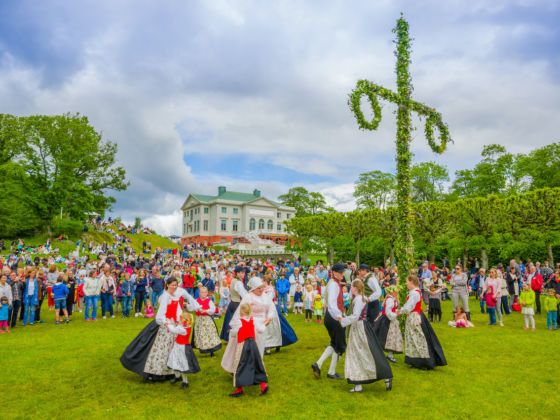Most Swedish traditions seem to involve either celebrating Christmas or eating lots of pastries. You too can be an honorary Swede if you celebrate the following holidays; just make sure to get out your waffle iron and dust off your candles (and book that Stockholm Airbnb in advance)!
1. Cinnamon Bun Day — October 4th
Invented in 1999 by the Swedish Home Baking Council (yes, that’s a real organization in Sweden), Kanelbullens Dag is exactly what it sounds like: the chance to stuff your face with as many delicious pastries as you can fit. Swedish cinnamon buns are less sweet than North American ones and are flecked with “pearl sugar” (large chunks of sugar that look like rock salt) rather than doused with thick frosting. They are available in every cafe and grocery store, but it’s always a good idea to make your own and have them for fika.
